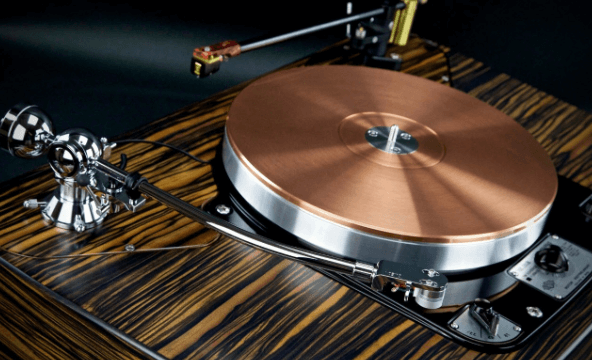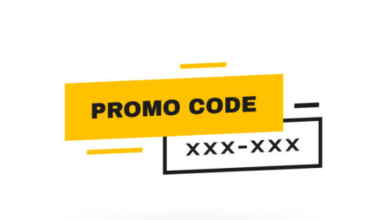9 Tips for Choosing the Best Turntable for You

A record player, or turntable, is a vital component of any vinyl enthusiast’s setup. It’s the tool used to play your vinyl records, after all! But how do you choose the best turntable for you?
Turntables have many different options and features out there, so it can be hard to narrow down which one will work best for your needs and preferences. Luckily, this guide on choosing the best turntable for you breaks down everything you need to know about turntables so that you can easily find one that you love using again and again!
1) What you need to know before buying
There are two main types of turntables: direct drive and belt drive. Direct drive turntables are typically used by DJs because they can start and stop quickly. Belt drive turntables are better for home use because they produce less vibration and noise.
You also need to decide whether you want a manual or automatic turntable. Manual turntables require you to manually place the needle on the record, while automatic turntables do it for you. Another important consideration is the platter size. A larger platter will spin the record more evenly, resulting in less wear and tear on both the record and the stylus.
2) How much are you willing to spend?
When it comes to turntables, you can find models that range in price from a few hundred dollars to a few thousand. It’s important to set a budget before you start your search so you don’t get overwhelmed by the options. Keep in mind that the most expensive model isn’t necessarily the best one for you. This is also true with turntable accessories as there are affordable quality products like Shure stylus and Nagaoka cartridge.
What kind of music do you listen to? The type of music you listen to will have an impact on the kind of turntable you need. If you mostly listen to vinyl records, then you’ll need a traditional turntable. If you want to be able to play CDs and MP3s as well, then you’ll need a more versatile model.
3) What does ‘full range’ mean?
Full range means that the turntable can play all frequencies that humans can hear, from 20 Hz to 20 kHz. Most turntables have a full range output, but some may be lacking in the low end or high end. A good rule of thumb is that if a turntable has a full range output, it will usually say so in the product description.
4) Do I need a USB output?
If you’re using your turntable to digitize your vinyl collection, then you’ll need a USB output. This allows you to connect your turntable directly to your computer so you can record the music on your vinyl as digital files. Even if you’re not interested in digitizing your collection, a USB output can still be handy.
For example, it allows you to play music from your turntable through powered speakers without having to use a receiver. It also lets you upload songs or albums to services like Spotify and iTunes without ever needing to take them off of your record player. It may seem like a niche feature, but once you’ve used it, you won’t want to go back!
5) What warranty is offered?
The length and terms of a warranty are important considerations when choosing a turntable. If something goes wrong with your turntable, you want to be sure that it will be covered. Most manufacturers offer at least a one-year warranty, but some offer more. Check to see what is covered and for how long.
6) Does it have Bluetooth connectivity?
Wireless turntables are all the rage these days. But before you go ditching your cords, there are a few things you should consider. Bluetooth turntables are great if you want to be able to move around while you listen to your music.
But they’re not always the most reliable when it comes to sound quality. If you’re looking for a turntable that will give you the best sound quality, you’re better off sticking with a wired model.
7) Is there an inbuilt phono stage?
One of the main things you need to consider when choosing a turntable is whether or not it has an inbuilt phono stage. A phono stage amplifies the signal from your turntable so that it can be played through your speakers. If your turntable doesn’t have a phono stage, you’ll need to buy one separately. It’s recommended that you use one with RCA outputs as they’re more common than ones with 3.5mm jacks and are easier to connect up to other equipment.
A good thing about using a separate phono stage is that it gives you more options when playing vinyl records; this includes the ability to play records at different speeds and even adjust their pitch without affecting the quality of sound too much.
8) Are extra cables included?
If you’re new to the world of turntables, you might not know that some models don’t come with all of the necessary cables. When you’re looking at different turntables, be sure to check and see if any extra cables are included. This can save you a lot of money down the road.
The cable is responsible for taking your music from the device to your speakers or headphones. Not having one will cause distortion and low volume levels. It’s important to find out which type of cable is used by your model before purchasing it so you can make sure they’re compatible with other devices in your home or studio setup. Extra cables typically cost $5-$10 each, but it’s worth investing in them because they should last a long time if taken care of properly.
9) Does it look as good as it sounds?
A turntable is a sizable investment, so you want to be sure you’re getting one that looks as good as it sounds. The last thing you want is a beautiful piece of audio equipment that’s an eyesore. Fortunately, there are plenty of options out there that manage to hit both marks.
Conclusion
Turntables, in conclusion, have many factors you must consider before buying such as what type of music you listen to, and what features are important to you. By taking the time to do your research and figure out what you want, you will be able to find the perfect turntable for you and your home.





